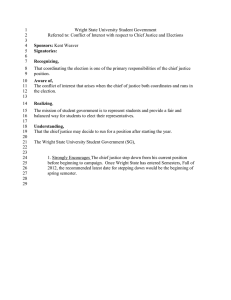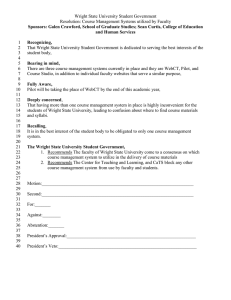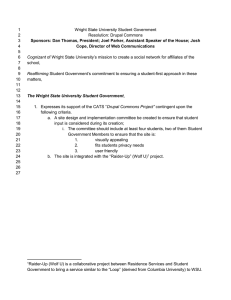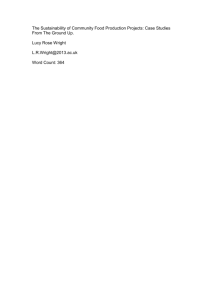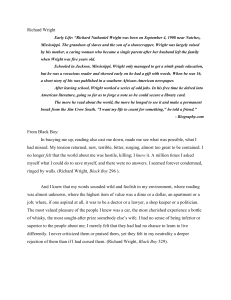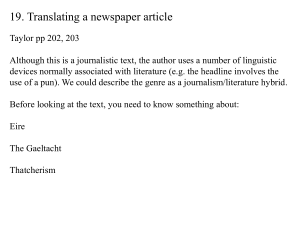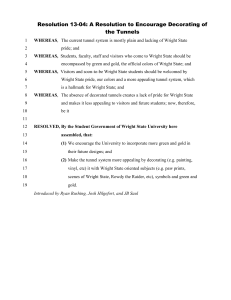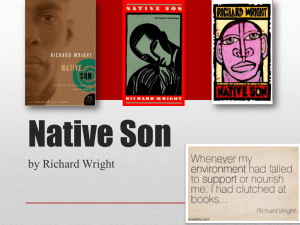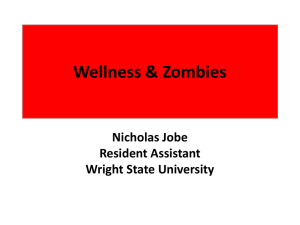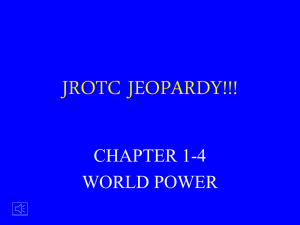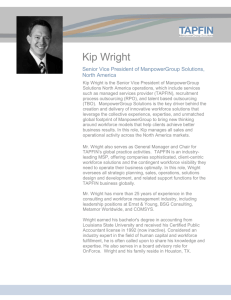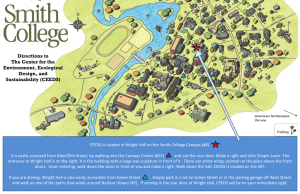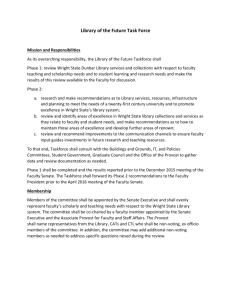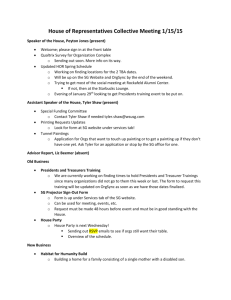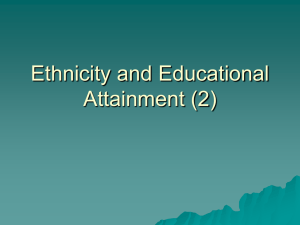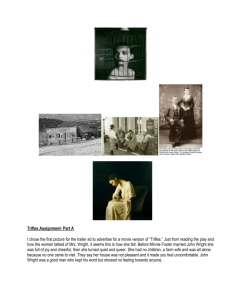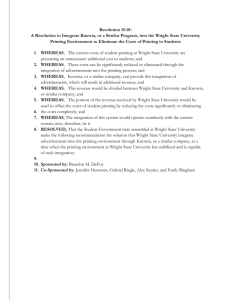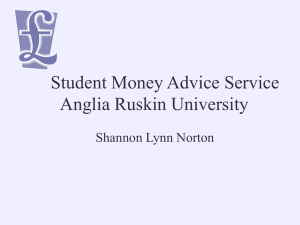Religious Education
advertisement
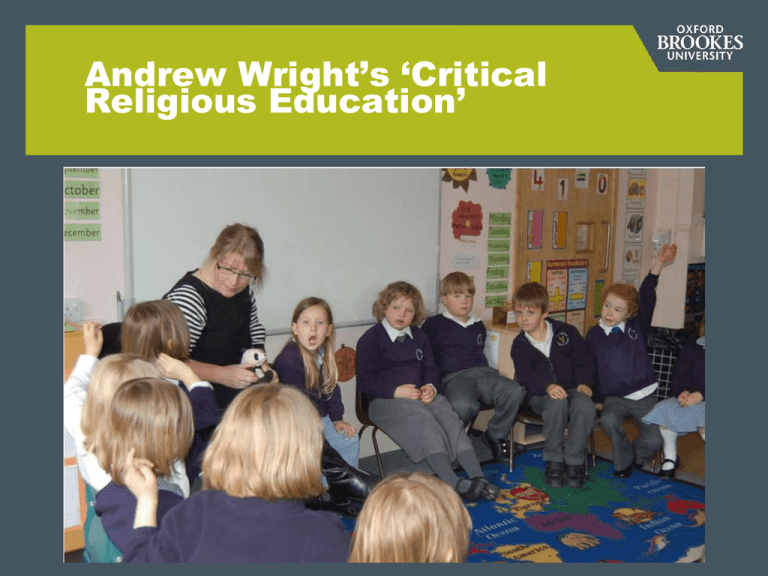
Andrew Wright’s ‘Critical Religious Education’ Wee Wise Words… • http://www.youtube.com/watch?v=IVm6LbE b5AM • Would you use this in the classroom? • How would you use the clip? ELEMENTS OF CRITICAL REALISM - The “Holy Trinity” Ontological Realism Epistemic Relativity Judgemental Rationality Bhaskar, R (2000) From East to West, Routledge Hella, E. and Wright, A. (2009) 'Learning "about" and "from" religion: phenomenography, the Variation Theory of Learning and religious education in Finland and the UK' in British Journal of Religious Education Vol 31 Number 1 Wright, A (2007) Critical Realism, Multiculturalism and the Pursuit of Truth, University of Wales Press Contribution to the Pedagogical Debate Combined by Wright with the shared concern for “truthful living” – a human development justification for Religious Education Clarification of the ‘intentionality’ and ‘subject matter’ of Religious Education; dialogic model The role of religions as “the primary bearers of claims about transcendent reality’ (Wright 2007) Religions have a social reality but also make truth claims about the broader ‘whole’ of which they are a part Religions have relatively discrete “prototypical identities” Aldridge, D (2010) ‘What is religious education all about? A hermeneutic reappraisal’, Journal of Beliefs and Values 32:1 Jackson, R (1997) Religious Education: An Interpretive Approach, Hodder and Stoughton A Model for Sequencing Learning Problematisation - selecting the critical question for the unit of work Beginning with the student’s horizon of understanding (the ‘mirror’) Encountering the horizon of the religious content (the ‘window’) The engagement of horizons (the ‘conversation’) Answering the critical question Hookway, S (2002) Mirrors, Windows, Conversations: Religious Education for the Millennial Generation in England and Wales. British Journal of Religious Education 24:2, pp.99- 110 Hookway, S. (2004) Questions of Truth: Developing Critical Thinking Skills in Secondary Religious Education, Religious and Moral Education Press Wright, A. (2000) 'The Spiritual Education Project: Cultivating Spiritual and Religious Literacy Through a Critical Pedagogy of Religious Education,' in Grimmitt, M. (ed), Pedagogies of Religious Education, McCrimmon. Applying the model… What is the critical question in this exploration of beliefs about life after death? What do students know or believe about life after death? What religious content do they need to encounter? How will you ensure students’ engagement with the alternative view? INTRODUCING VARIATION Reincarnation The Kingdom of Heaven (10:50) Big Bird on Death Children and Near Death Experiences Hella, E. and Wright, A. (2009) 'Learning "about" and "from" religion: phenomenography, the Variation Theory of Learning and religious education in Finland and the UK' in British Journal of Religious Education Vol 31 Number 1 P4C/ Community of Enquiry cf Robert Fisher http://www.teachingthinking.net/thinking/web%20resources/robert_fisher_talkingtothink.htm Procedure for the Community of Enquiry We first choose a question. The person who thought of the question starts by explaining what they mean by the question, and offers their own initial thoughts on it. Anybody who wishes to speak must put up their hand. When a person is speaking, everyone else listens. Only one person speaks at a time. Everyone should try to speak at least once during the session. The person speaking chooses the next person to speak (who has their hand up). If there is more than one person who wishes to speak, you should pick the person who has said least so far (NAME) A new speaker first has to offer critical comment and EVALUATE what the previous person has said e.g. I agree because…., I think that is wrong because…., I disagree about this aspect…. The speaker must then say something substantial to drive the discussion forwards (BUILD) NAME EVALUATE BUILD

